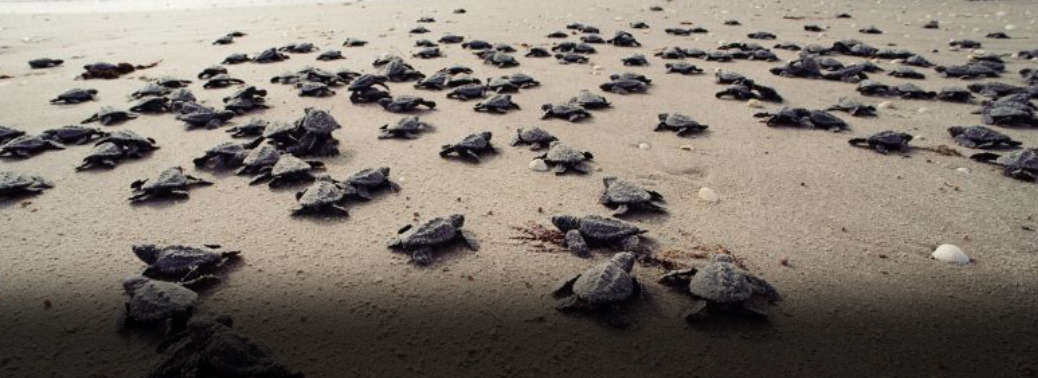Rushikulya waits for Olive Ridleys
25, Mar 2019

Prelims level : E & BD – Animal Species
Mains level : GS – IIIConservation, environmental pollution and degradation, environmental impact assessment
Even after waiting for almost a month, Olive Ridley turtles have not yet arrived for mass nesting at Odisha’s Rushikulya rookery and Devi river mouth. The reasons are not fully understood yet.
Mass nesting has already occurred at the Gahirmatha coast of the State.
Olive Ridley Turtles
- Olive Ridley turtle is the smallest and most abundant of all sea turtle found in the world.
- It gets its name from its olive coloured carapace, which is heart-shaped and rounded.
- It is found in warm watersof the Pacific and Indian oceans.
- It spends entire lives in the ocean and migrates thousands of kilometres between feeding and mating grounds in the course of a year.
- It is classified as Vulnerable in IUCN Red List and is listed in Appendix I of CITES.
- In India, it is protected under Wildlife (Protection) Act.
- Though found in abundance, their numbers have been declining over the past few years.
- Conservation of Olive Ridley turtles is done in the Krishna Wildlife Sanctuary (KWS),Andhra Pradesh.
- Members of the Yanadi tribeare directly involved in the conservation bid.
- They are best known for their behaviour of synchronized nesting in mass numbers.
Breeding Season:
- It commences its journey from Indian Ocean towards Bay of Bengal during their mating season in October and November every year.
- A single female can lay up to 100 to 150 eggs in a pit dug on the beaches.
- Six weeks later these eggs hatches and the newly hatched turtles start the journey to their Indian Ocean habitat.
- The destination for majority of the turtles for laying egg is Gahirmathain Odisha.
- The sandy stretches of Hope Islandof the Coringa Wildlife Sanctuary also have turned into a breeding area.
Gahirmatha Marine Sanctuary
- Gahirmatha Marine Sanctuary is a marine wildlife sanctuary located in Odisha.
- It extends from Dhamra River mouth in the north to Mahanadi river mouth in the south.
- It is very famous for its nesting beach for olive ridley sea turtles.






